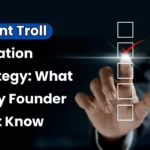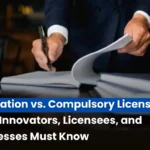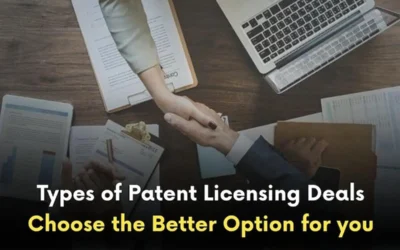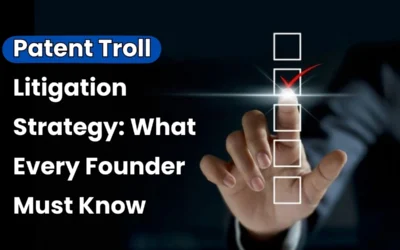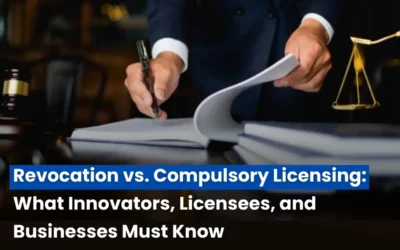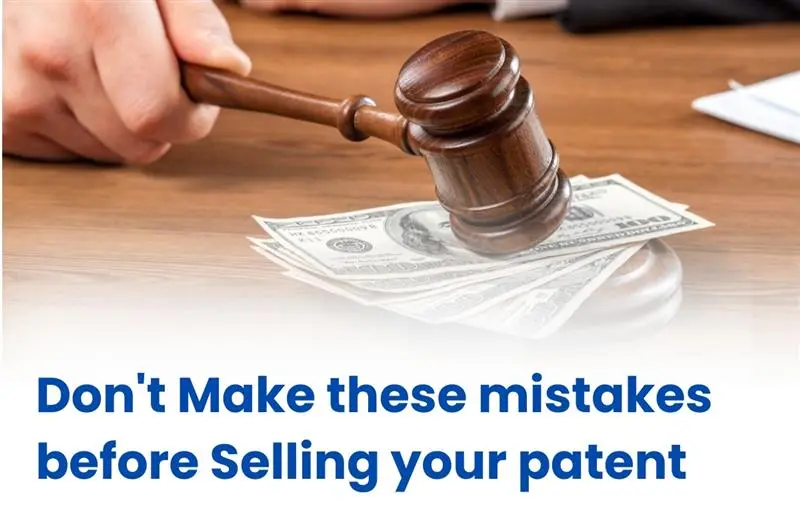
When starting the patent monetization process, beginners—whether investors or businesses—often make patent valuation mistakes that can lead to failed deals or undervaluing the patent. The good news for beginners is that most of these mistakes are avoidable if you follow the right guidelines before selling or monetizing a patent in the market. In this article, we’ll provide a complete overview to help you navigate the process more effectively and get the value your patent truly deserves.
What Is Patent Selling?
Patent selling is the process of transferring the ownership of a patent from the original holder to another party in exchange for a payment. Once sold, the buyer gains full rights to use, license, or enforce the patent, while the original owner gives up all control. It’s often chosen by inventors or businesses who prefer an immediate lump-sum return instead of waiting for royalties through licensing.
Common Mistakes to Avoid When Selling or Monetizing a Patent
Here are some of the most common mistakes that you can avoid before selling a patent:
Guessing the Wrong Value
The biggest problem in the process of selling the patent is knowing the real value of the patent. Many people either overprice or underprice their patent. Both situations are wrong because asking too much scares buyers away, while asking too little leaves money on the table. Getting a proper valuation makes all the difference.
Not Sharing the “Know-How”
Buyers are often just as interested in how a patent actually works as they are in the patent itself. A patent may look strong on paper, but investors usually want the practical know-how behind it—details about its design, prototypes, testing results, or real-world use cases. This information helps them evaluate whether the idea can be turned into a profitable product or solution. Being ready to share this knowledge not only builds trust but also positions your patent as a complete package, making your offer far more convincing and valuable.
Running Out of Time
One of the most common mistakes patent holders make is trying to sell their patent when it’s already nearing the end of its term. If a patent doesn’t have many years of protection left, buyers are far less interested. They want enough time to develop, use, and profit from the invention, and a short remaining lifespan reduces both the value and the appeal of the deal. To avoid losing value, patent holders should plan for monetization early in the patent’s life cycle.
Talking to the Wrong Buyers
As the patent holder, you would be looking for the genuine buyer, but not every buyer is serious or suitable. So make sure you do not approach buyers with a lack of experience, funds, or real interest just waste your time. To avoid this, research buyers before engaging—check their track record, financial strength, and interest in your industry. Focus only on qualified buyers who see real value in your patent.
Forgetting About Global Reach
It is also important to make sure that the buyers can work across the world, and especially in those countries where your patent is registered. Because if the buyer does not operate in the country where your patent is registered, it may not be useful to them. This can also lead to the wrong valuation of your patent.
Conclusion
Avoiding these common mistakes can make the difference between underselling your patent and unlocking its full potential. With the right patent monetization strategies, preparation, and choice of buyers, your patent can become a powerful asset that delivers real value.

